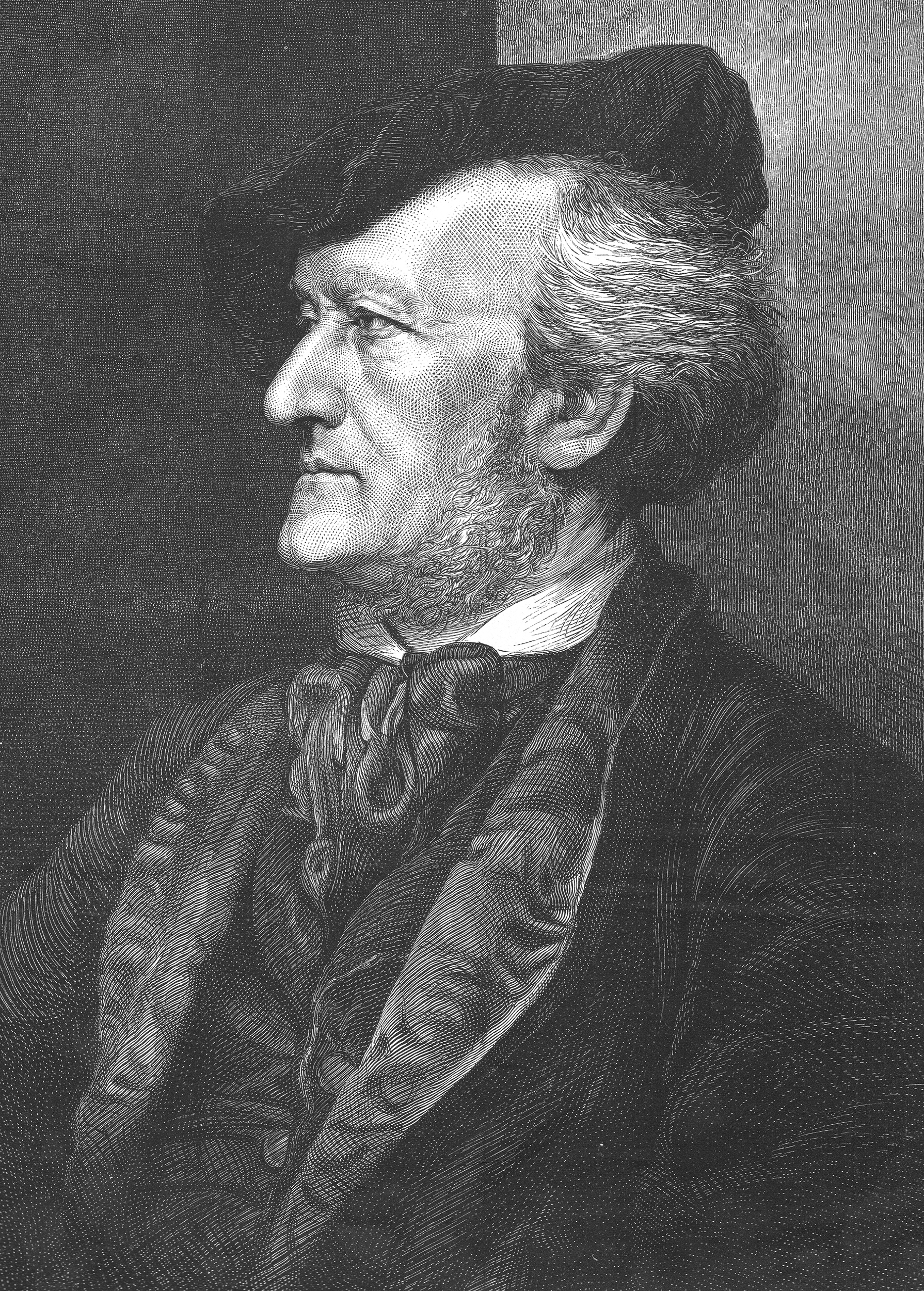Lohengrin << LOH uhn grihn >> is an opera by the German composer Richard Wagner. Wagner also wrote the libretto (text). He based the story on a medieval European legend. The opera was first performed in Weimar, Germany, on Aug. 28, 1850.

Lohengrin is set during the early 900’s in the Duchy of Brabant, in and around what is now Antwerp, Belgium. The evil Friedrich von Telramund has claimed the throne of Brabant from Elsa, the daughter of the dead Duke of Brabant. Telramund falsely accused Elsa of murdering her missing brother, the rightful heir to the throne. The king of Germany summons Elsa, who proposes a mysterious knight as her defender. The knight had appeared to her in a dream. The knight, named Lohengrin, arrives in a boat drawn by a swan. Lohengrin defeats Telramund in single combat, and the knight asks Elsa to become his wife. But if they marry, she must agree never to ask Lohengrin’s name or where he comes from.
On their wedding night, Elsa asks the forbidden questions. Lohengrin answers that he is a knight of the Holy Grail. The Grail is the cup or dish used by Jesus Christ at the Last Supper on the night before he died. Knights of the Grail travel to faraway lands to defend the innocent. However, if they are recognized, they are required to return to the home of the Grail. Thus, Lohengrin must depart. The swan bearing his boat returns to human form as Elsa’s missing brother. But as Lohengrin sails away, Elsa falls lifeless to the ground.
Loading the player...Lohengrin
Lohengrin is the first Wagner opera to emphasize leitmotifs, which are musical themes used to identify certain characters, places, or ideas each time they appear in the story. Leitmotifs became an essential part of Wagner’s later operas. The most famous musical passage in Lohengrin is the “Wedding March,” commonly known today as “Here Comes the Bride.”
See also Wagner, Richard.
